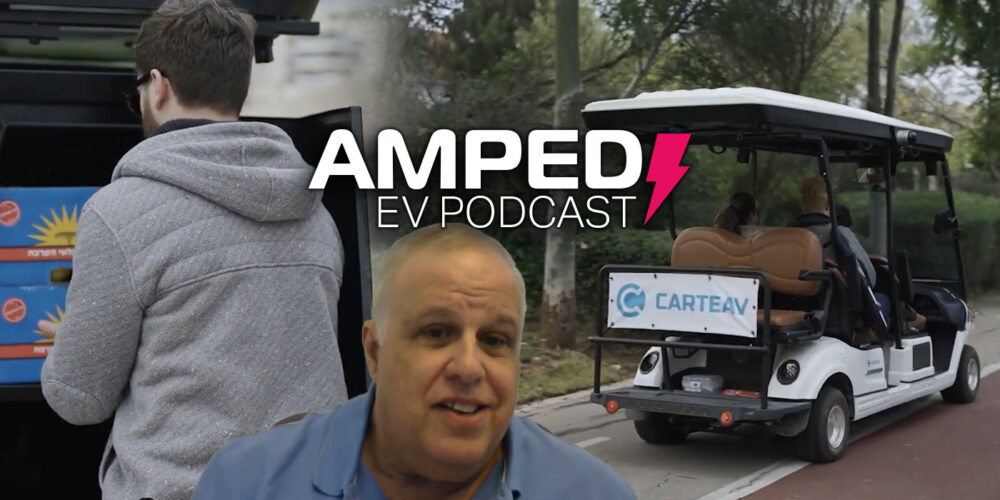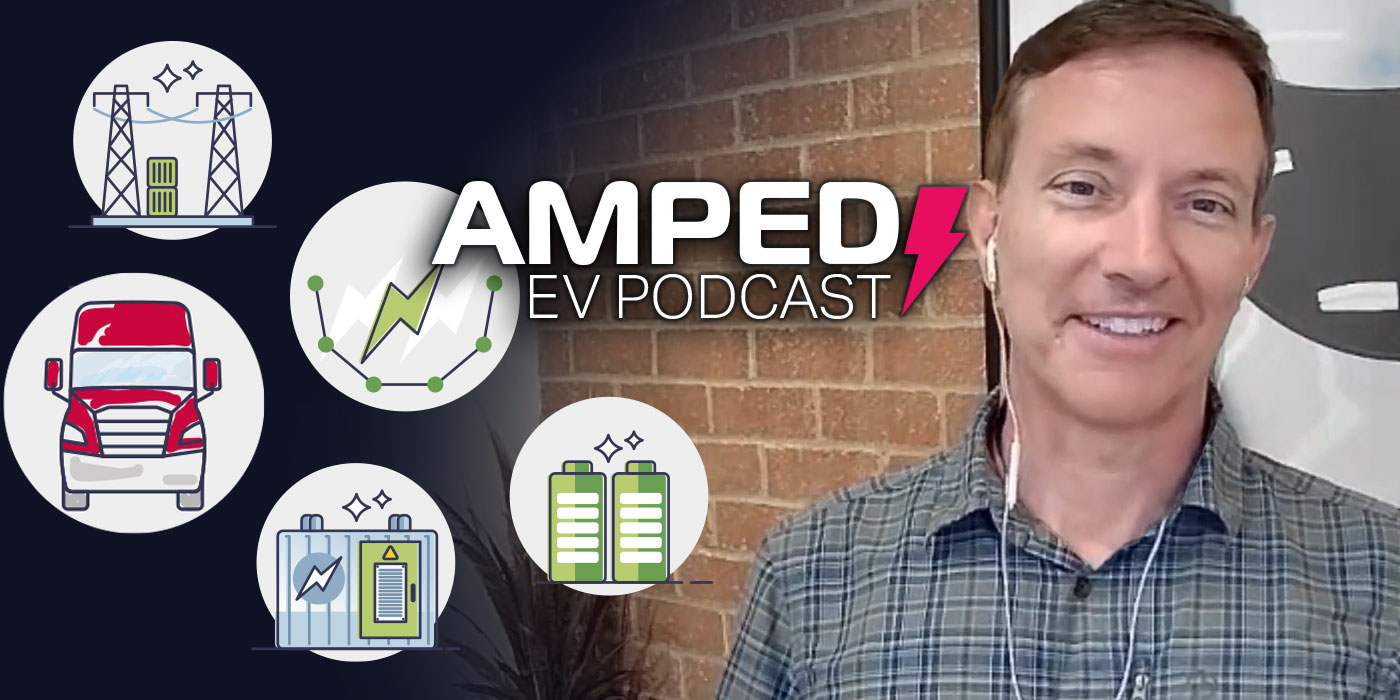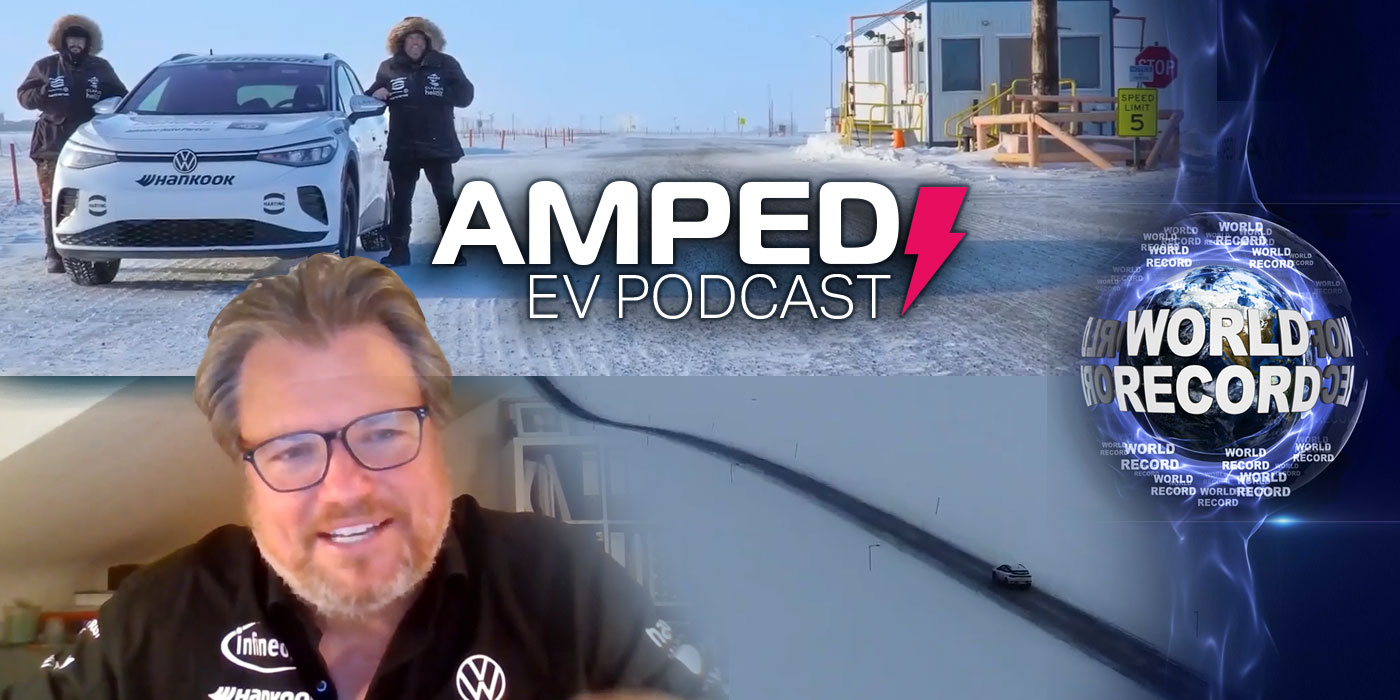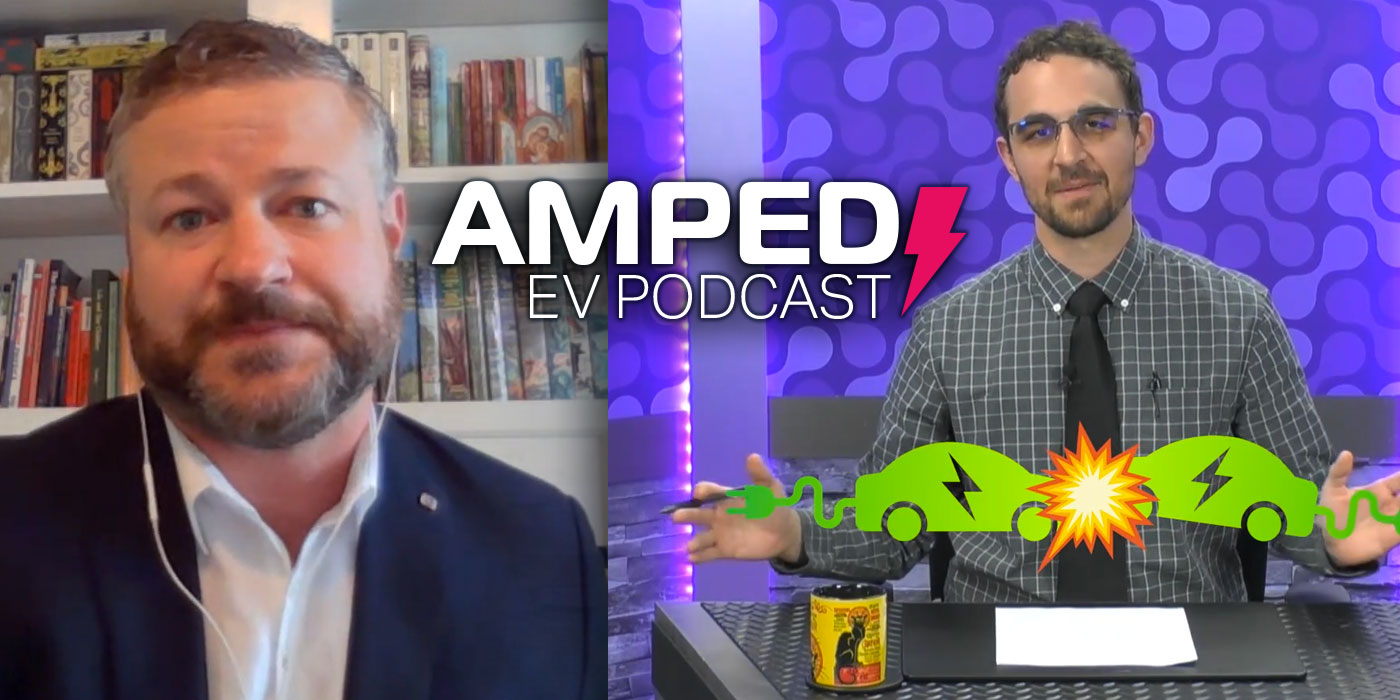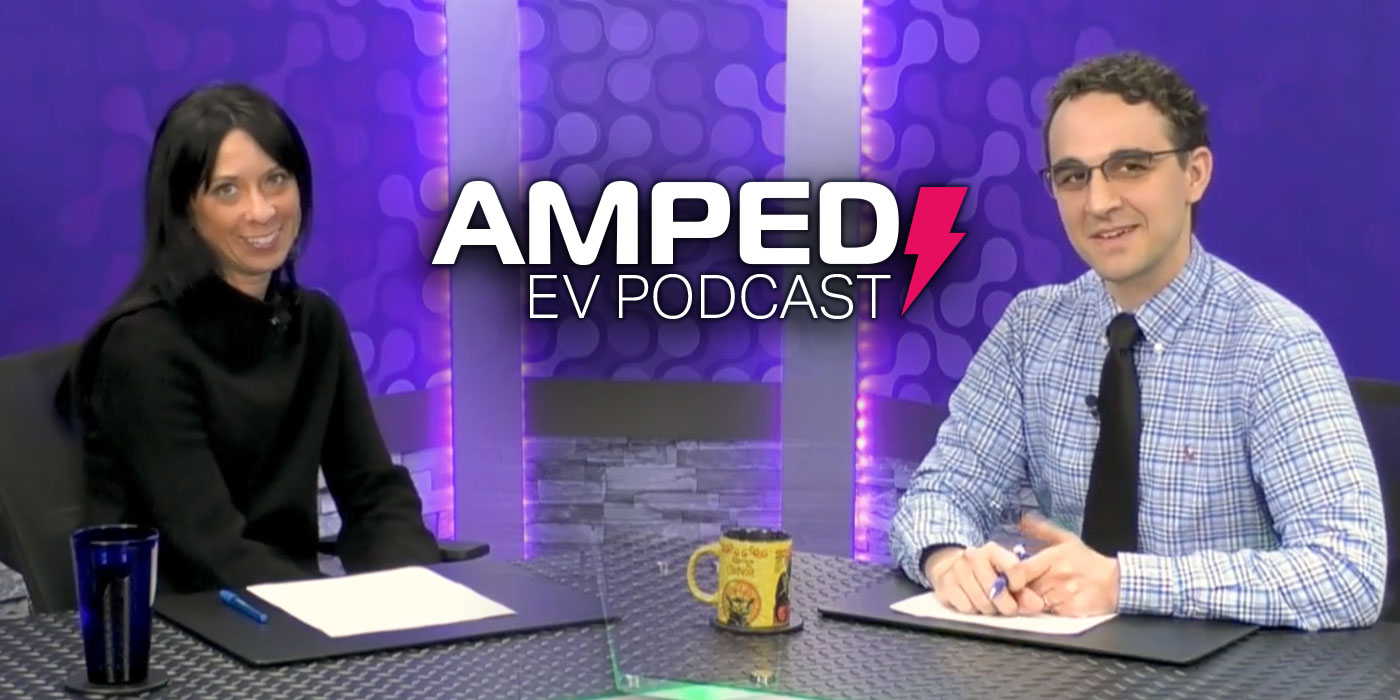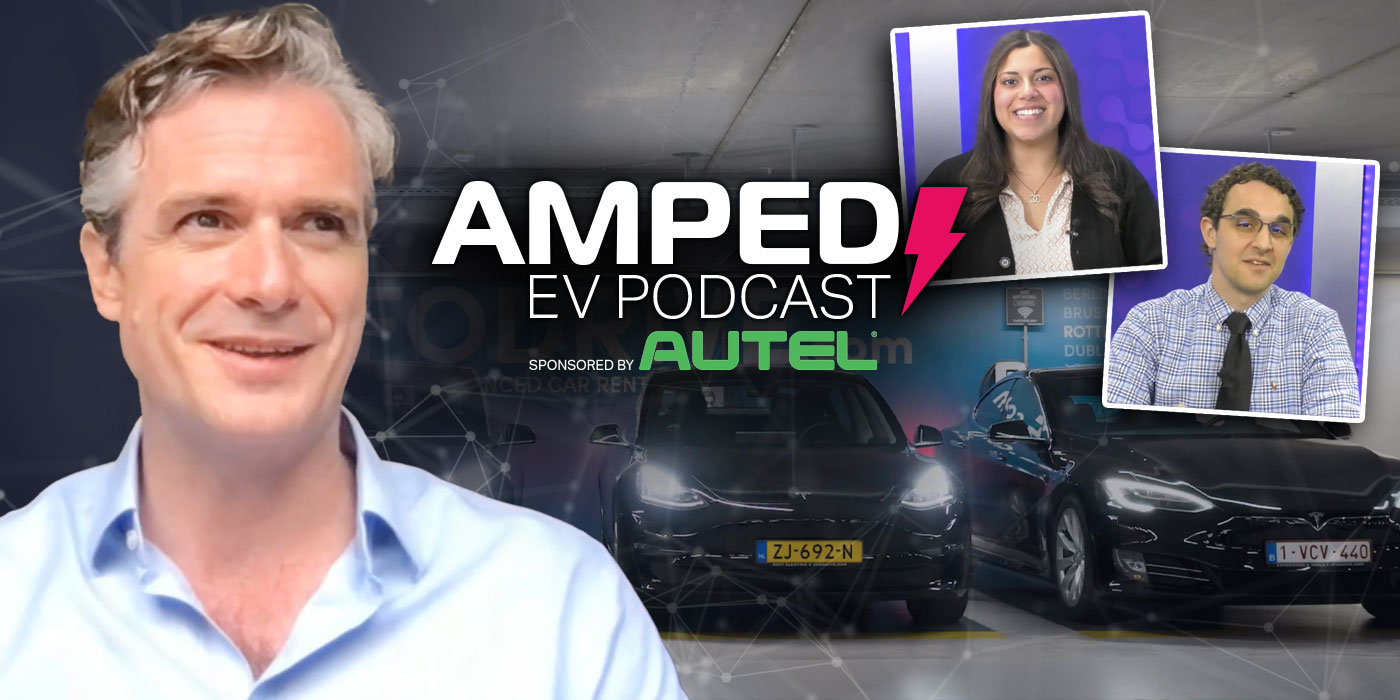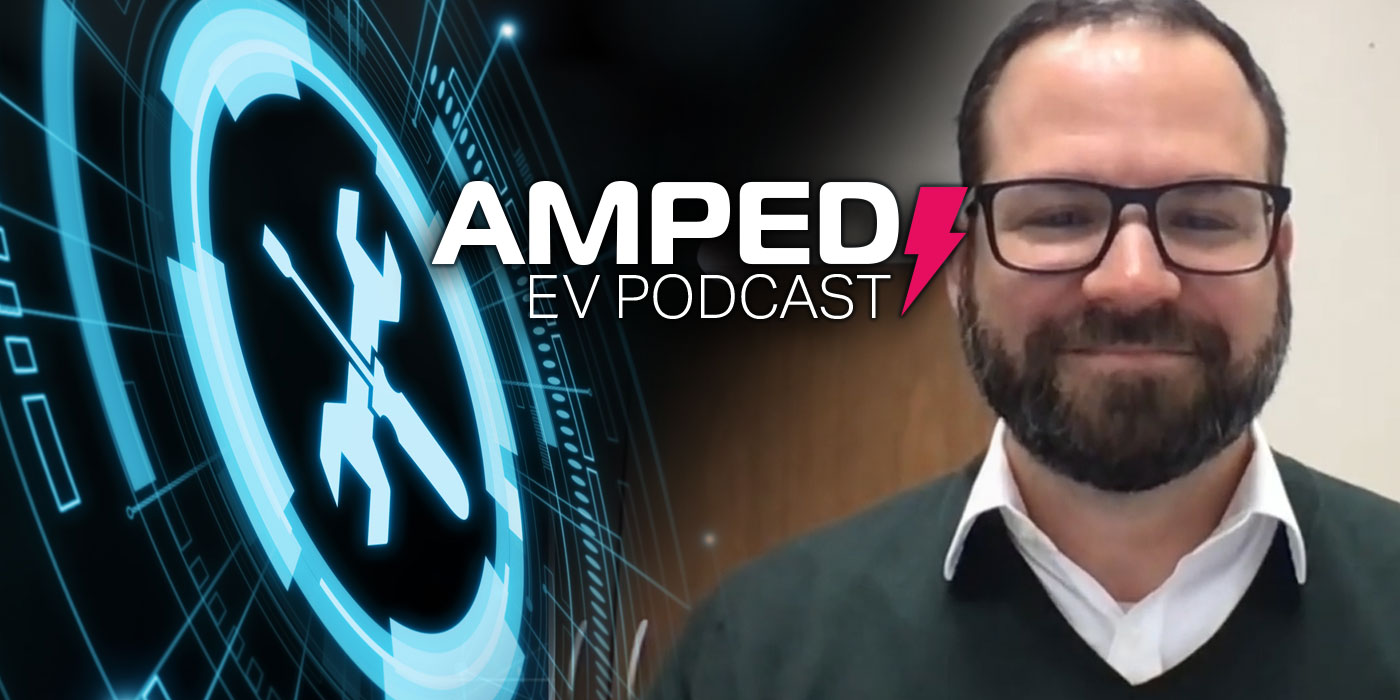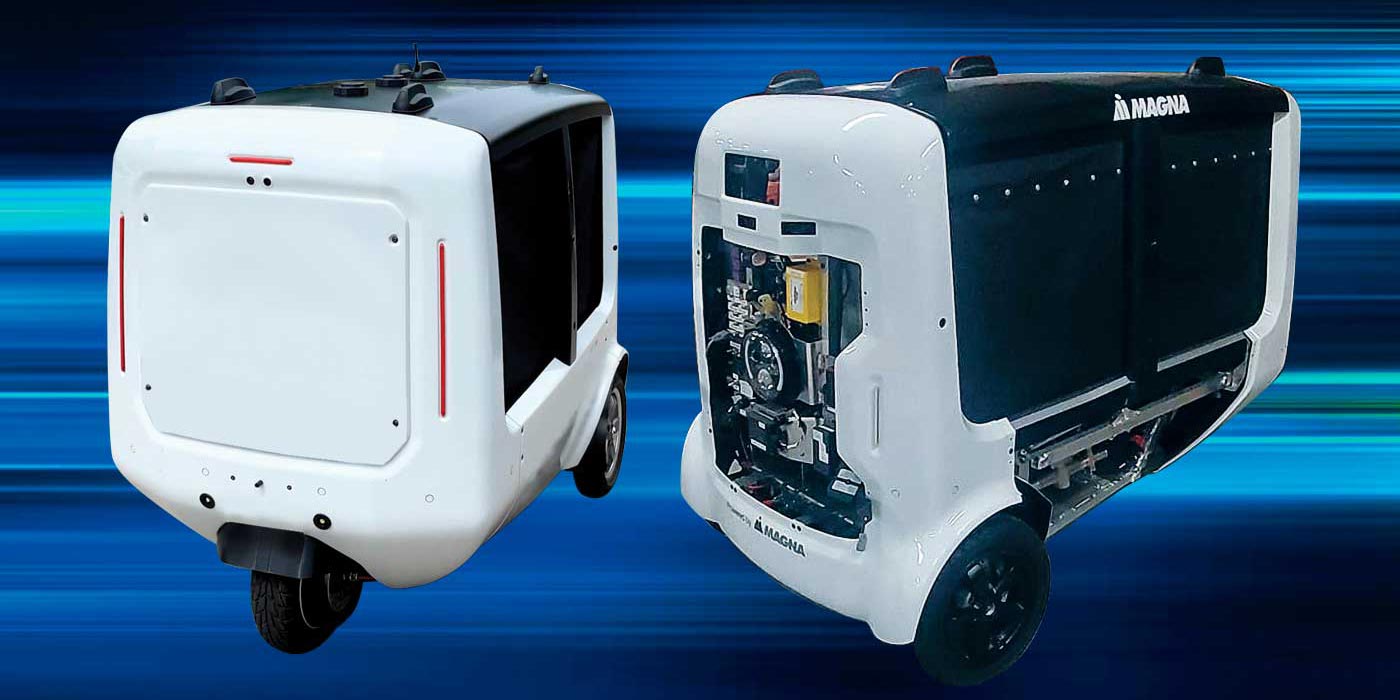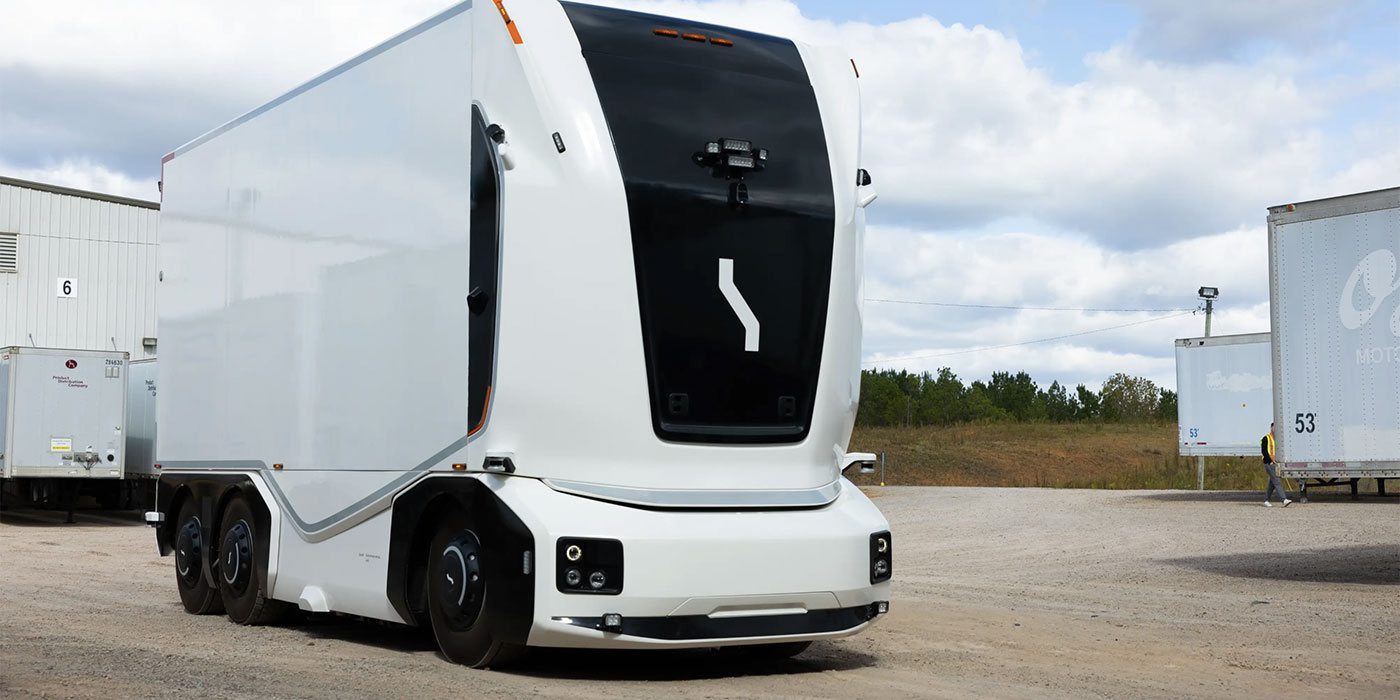Autonomous vehicles tend to be electrified using powerful batteries because they are covered in sensors and require the latest computer hardware to interpret the onboard data in near-real time. This draws a ton of electric power, and an all-electric battery pack can not only provide this power, but keep the stream much more steady and stable when compared to an ICE engine.
These sensors work together to provide a comprehensive view of the vehicle’s surroundings, enabling it to detect and respond to various objects, obstacles, road conditions, and traffic situations. But, what if you eliminated the lanes these vehicles use to navigate completely?
Low-speed autonomous vehicles are expected to navigate areas without lanes with short stopping distances. This makes them suitable for various environments like resorts, hospitals, university campuses, industrial campuses, retirement villages, gated communities, airports and more.
On this episode of The Amped EV Podcast, we speak with Avinoam Barak, the CEO of Carteav, a company that develops autonomous low-speed electric vehicles. During our conversation, he dives into the technology Carteav uses – like sensor fusion, which combines lidar, radar, and cameras to enhance the vehicle’s perception and safety. We also discuss the navigational accuracy of these vehicles, as well how to address the infrastructure challenges that come with managing these vehicles.
This is an audio-only version of our episode with Avinoam Barak, CEO of Carteav. Go ahead, you’re already here – take a listen! But, if you’re looking for moving pictures, click here.

